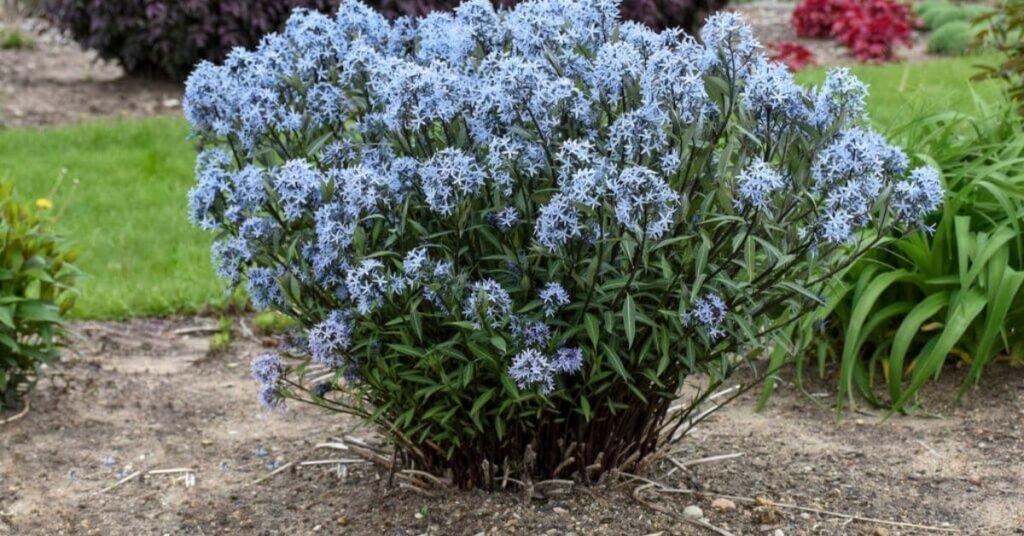Introduction
Massachusetts, known for its rich history and picturesque landscapes, is also home to a remarkable variety of plants native to Massachusetts. From the coastal plains to the mountainous regions, the Bay State boasts a diverse flora shaped by its unique geography and climate. In this guide, we’ll delve into the world of Plants Native to Massachusetts, exploring their beauty, ecological significance, and practical uses in landscaping.
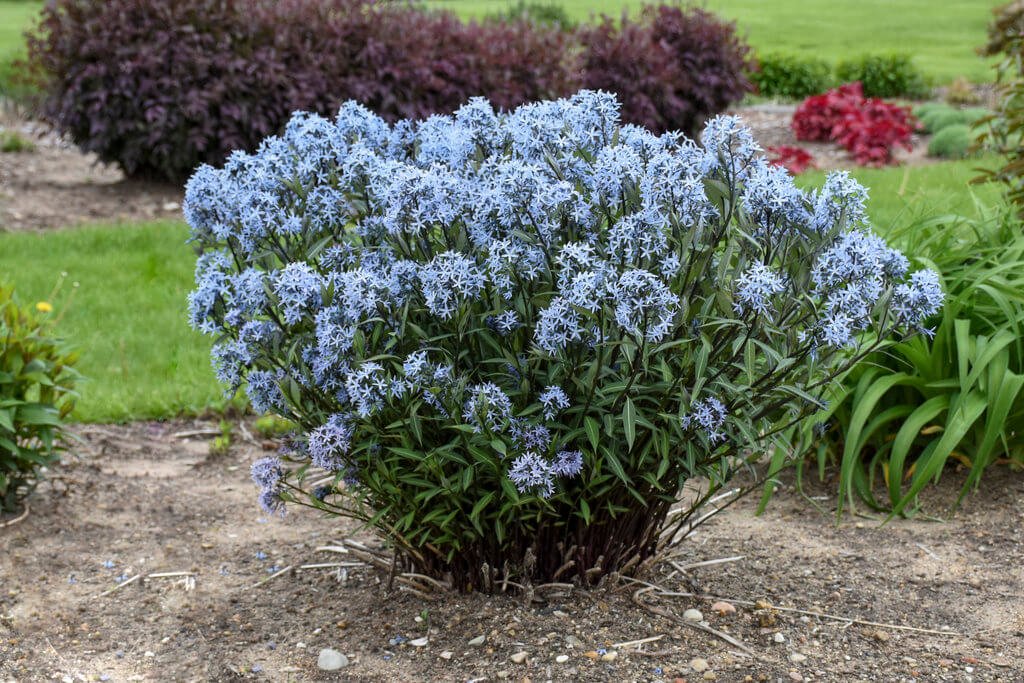
Understanding Native Plants
What Makes a Plant Native? Understanding the concept of native plants is essential. Native plants are those that occur naturally in a particular region, having evolved and adapted to local environmental conditions over thousands of years. They play a crucial role in maintaining biodiversity, providing habitat for wildlife, and supporting ecosystem functions.
Ecological Benefits of Native Plants Plants Native to Massachusetts offer numerous ecological benefits. They provide food and shelter for native wildlife, including birds, butterflies, and pollinators. Their deep root systems help prevent soil erosion, improve water quality, and sequester carbon, contributing to overall ecosystem health and resilience.
Landscaping with Native Plants Incorporating native plants into your landscape offers both aesthetic and environmental advantages. They are well-suited to local climate conditions, requiring less water, fertilizer, and maintenance than non-native species. Additionally, Plants Native to Massachusetts can attract beneficial wildlife, enhance biodiversity, and create a sense of place in your garden or outdoor space.
Plant Spotlight: Plants Native to Massachusetts

Coastal Bluestar (Amsonia tabernaemontana) The coastal bluestar is a stunning perennial native to Massachusetts, featuring clusters of sky-blue flowers in spring and vibrant yellow foliage in fall. This versatile plant thrives in a variety of soil types and tolerates both sun and partial shade, making it an excellent choice for coastal gardens and woodland borders.
New England Aster (Symphyotrichum novae-angliae) The New England aster is a showy perennial that brightens late summer and fall landscapes with its profusion of purple, pink, or white flowers. This hardy native plant attracts butterflies and other pollinators, making it a valuable addition to pollinator gardens and meadows.
Eastern Red Cedar (Juniperus virginiana) The eastern red cedar is a drought-tolerant evergreen tree Plants Native to Massachusetts, known for its aromatic wood and blueberry-like fruits. It provides year-round interest in the landscape, offering shelter and food for birds and wildlife. Eastern red cedar is an excellent choice for windbreaks, privacy screens, and wildlife habitats.
Purple Coneflower (Echinacea purpurea) The purple coneflower is a beloved perennial native to Massachusetts, prized for its vibrant purple or pink daisy-like flowers and medicinal properties. This resilient plant thrives in sunny, well-drained locations and attracts pollinators like bees and butterflies. Purple coneflower is a beautiful addition to wildflower gardens, prairies, and cottage-style landscapes.
Cultivating Native Gardens
Site Selection and Preparation Choose a location for your native garden that receives adequate sunlight and has well-drained soil. Remove weeds and amend the soil with organic matter to improve fertility and drainage.
Plant Selection and Installation Select native plants that are well-suited to your site’s conditions, considering factors such as soil type, moisture levels, and sun exposure. Plant native species in groups or drifts to mimic naturalistic patterns and provide visual impact.
Maintenance and Care Once established, native plants generally require less maintenance than non-native species. Water newly planted natives regularly during the first growing season to help them establish deep root systems. Mulch around plants to conserve moisture, suppress weeds, and regulate soil temperature.
Guidance of Plants Native to Massachusetts
Conclusion
Plants Native to Massachusetts are the backbone of Massachusetts’ natural landscapes, providing beauty, biodiversity, and ecological resilience. By incorporating native species into your garden or outdoor space, you can create a vibrant and sustainable landscape that benefits both people and the environment.
FAQs (Frequently Asked Questions)
- Q: What are the benefits of planting native species in Massachusetts?
A: Planting Plants Native to Massachusetts offers numerous benefits both for the environment and for gardeners. Some key advantages include ecological resilience, biodiversity support, water conservation, reduced maintenance, and aesthetic appeal. - Q: How can I attract pollinators to my garden using native plants?
A: Attracting pollinators to your garden with native plants is relatively straightforward. Choose a variety of flowering plants native to Massachusetts, such as coneflowers, milkweeds, and bee balms, that provide nectar and pollen throughout the growing season. Plant in clusters or drifts to create attractive foraging areas for pollinators, and avoid using pesticides that may harm beneficial insects. - Q: Are native plants more resistant to pests and diseases?
A: Native plants have evolved alongside local pests and pathogens and have developed natural defenses against them. While no plant is entirely immune to pests and diseases, native species often have fewer pest problems and may be more resistant to local pathogens than non-native plants. Additionally, native plants are an essential component of healthy ecosystems, providing habitat and food sources for beneficial insects and wildlife that help control pest populations. - Q: Where can I purchase native plants for my landscape?
A: There are several sources for purchasing Plants Native to Massachusetts. Local nurseries and garden centers may carry a selection of native species, or you can contact native plant societies, botanical gardens, or conservation organizations for recommendations. Online retailers specializing in native plants can also be a convenient option for sourcing a diverse range of species. - Q: Can I incorporate native plants into existing garden designs?
A: Yes, native plants can be easily integrated into existing garden designs, whether you have a formal garden, a cottage garden, or a naturalistic landscape. Consider replacing non-native species with native alternatives that offer similar aesthetics or functions, such as replacing ornamental grasses with native grass species or swapping out exotic flowers for native wildflowers. With thoughtful planning and design, you can create a beautiful and functional landscape using native plants. - Q: Are there any invasive species I should avoid planting in Massachusetts?
A: Yes, it’s essential to avoid planting invasive species in Massachusetts, as they can outcompete native plants, degrade habitat, and harm ecosystems. Some common invasive plants to avoid include Japanese knotweed, garlic mustard, purple loosestrife, and multiflora rose. Before introducing any new plant species to your landscape, research its invasive potential and choose native alternatives whenever possible.

